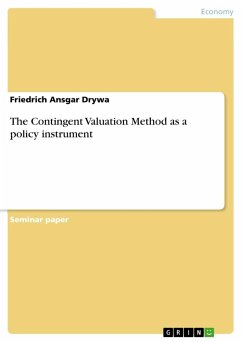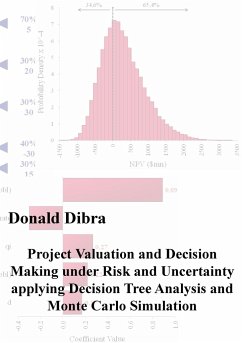Seminar paper from the year 2008 in the subject Business economics - Business Management, Corporate Governance, grade: 1,3, Erasmus University Rotterdam, language: English, abstract: When David Throsby undertook his first application of a Contingent Valuation Method to the Arts in 1983 he did it to discuss the assumption that the arts were a case of market failure. But what makes the Arts to an example of market failure and how far could this particular method of research be used to overcome it? Throughout this essay I will shortly summarize some of those aspects of market failure that can be applied to art markets emphasising the necessity to know the collective willingness to pay and willingness to accept of all parties involved in a particular market. On that general basis I shall discuss the Contingent Valuation Method (CVM) under the perspective of its usefulness to a policy decision maker, who is trying to prevent market failure from developing into governmental failure. I will point out, that CVM can provide a collective willingness to pay or willingness to accept as one of the main indicators for a failure within markets of the Arts in general. It is understood that applying the whole theory of market failure to the arts surely would go beyond the scope of this very essay. I therefore will concentrate on those aspects of market failure theory that may show the strengths and limitations of CVM and that may have an impact on public cultural policy.
Hinweis: Dieser Artikel kann nur an eine deutsche Lieferadresse ausgeliefert werden.
Hinweis: Dieser Artikel kann nur an eine deutsche Lieferadresse ausgeliefert werden.








